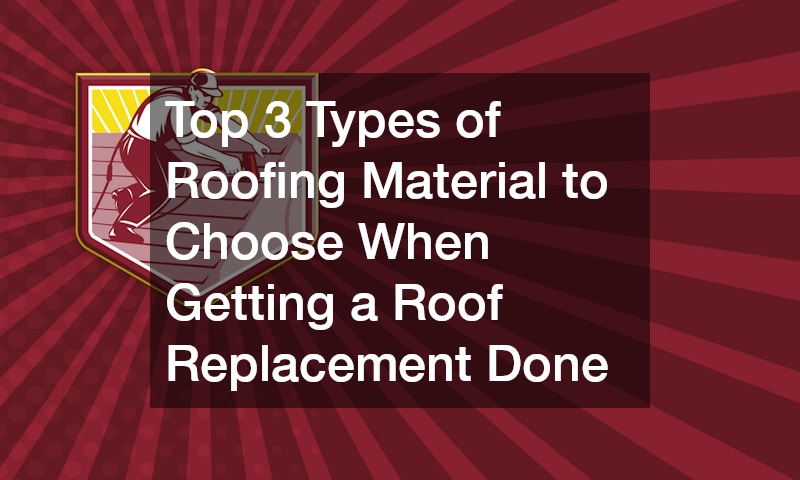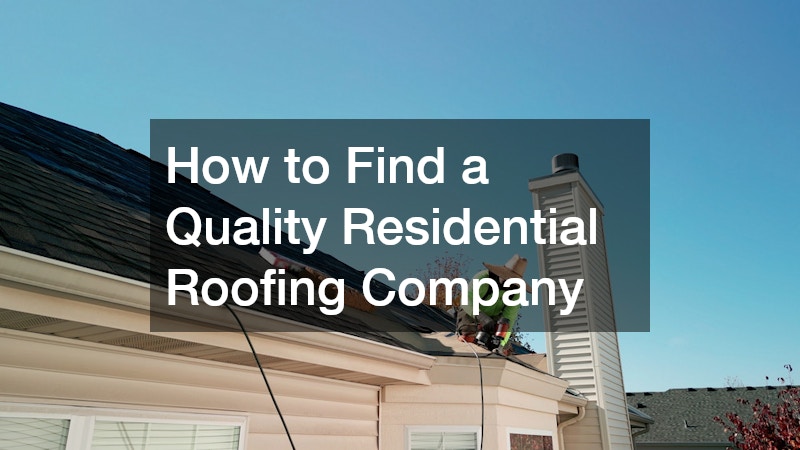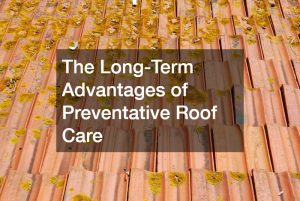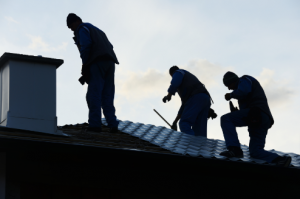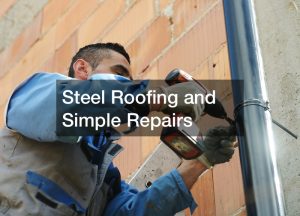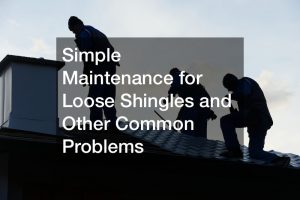Top 3 Types of Roofing Material to Choose When Getting a Roof Replacement Done
When you’re planning to replace your roof, selecting the right roofing material is crucial to ensure longevity, performance, and aesthetics. This article explores the top three types of roofing materials that homeowners frequently consider for roof replacements, along with essential insights to make an informed decision. By understanding the benefits and drawbacks of these options, you can enhance both the practicality and beauty of your home.
1. What Are the Benefits and Drawbacks of Asphalt Shingles?
Asphalt shingles are often the go-to choice for budget-conscious homeowners due to their affordability. Compared to other roofing materials, they offer a cost-effective solution without sacrificing quality or performance. In fact, the widespread use of asphalt shingles can be attributed to their relatively low upfront costs, which makes them appealing for large-scale projects.
While being economical, asphalt shingles provide adequate protection against the elements for many years. They are engineered to withstand moderate weather conditions, although severe weather may compromise their integrity over time. Nonetheless, their affordability allows for more frequent replacements, which can be a practical solution in certain climates.
The durability of asphalt shingles is often highlighted as a standout feature, with most products offering a lifespan ranging from 15 to 30 years. Their resistance to water infiltration makes them effective against typical weather conditions like rain and snow. In geographical areas with less extreme weather, asphalt shingles can reliably serve for decades without significant wear and tear.
However, their performance may wane when exposed to harsher climates and severe weather conditions, such as high winds and intense hailstorms. Despite their vulnerability in extreme situations, advancements in technology have led to increased weather resistance in modern asphalt shingles. Many manufacturers now offer enhanced options designed to withstand higher wind speeds and varied environmental challenges.
2. Why Consider Metal Roofing for Your Home?
Metal roofing is synonymous with a long lifespan, often lasting 40 to 70 years, depending on the material. This extended durability can significantly reduce the need for replacements and associated costs over time. Homeowners seeking a long-term roofing solution can find substantial value in investing in metal roofing for its longevity.
With minimal maintenance required, metal roofs ease the ongoing effort and expense of roof upkeep. They are less susceptible to issues like rot, cracking, and warping, which commonly plague other materials. Routine inspections and basic cleaning are typically sufficient to keep a metal roof in optimal condition, ensuring peace of mind over the years.
Additionally, many metal roofing products come with strong warranties, reflecting the manufacturer’s confidence in their durability. This assurance adds an extra layer of investment security, making metal roofing an attractive option for those prioritizing reliability and financial predictability. The combination of longevity and low maintenance ultimately positions metal roofs as a premium choice for many homeowners.
Metal roofs are renowned for their energy efficiency, offering natural reflectivity that reduces heat absorption. By minimizing heat transfer into the home, metal roofing can lead to noticeable energy savings, especially during warmer months. This reduction in energy consumption not only benefits homeowners financially but also contributes to a smaller carbon footprint.
Beyond their thermal performance, metal roofs are often crafted from recycled materials, enhancing their eco-friendly credentials. At the end of their lifespan, these roofs can be recycled again, further minimizing environmental impact. The sustainability aspect makes metal roofing an appealing choice for environmentally conscious homeowners.
3. Is Choosing Tile Roofing a Good Investment?
Tile roofing is often admired for its distinctive beauty and ability to enhance the architectural appeal of homes. Available in various styles such as Spanish, Mediterranean, and modern, tile roofing complements a wide range of home designs. This undeniable aesthetic appeal is a key reason why tile roofs can substantially increase a property’s curb appeal.
The elegance imparted by tile roofing also contributes to potential increases in a home’s market value. Prospective buyers frequently recognize tile roofs as an indicator of luxury and durability, making the property more desirable. By choosing tile roofing, homeowners can effectively combine visual appeal with tangible financial benefits through increased property worth.
Moreover, tile roofing provides an enduring aesthetic that remains consistent over time, unaffected by weathering or fading. The vibrant colors and distinctive textures of tiles often do not lose their allure, maintaining the home’s attractiveness for decades. This permanence further underscores the value of choosing tile roofing as a long-term investment.
The best roofing material for a roof replacement depends on your budget, aesthetic preferences, and specific performance needs. By exploring the pros and cons of asphalt shingles, metal roofing, and tile roofing, homeowners can make a well-informed decision that ensures long-term satisfaction and peace of mind. Each option offers unique benefits, whether emphasizing cost, durability, or ecological considerations, allowing homeowners to tailor their choice to personal and environmental priorities.

